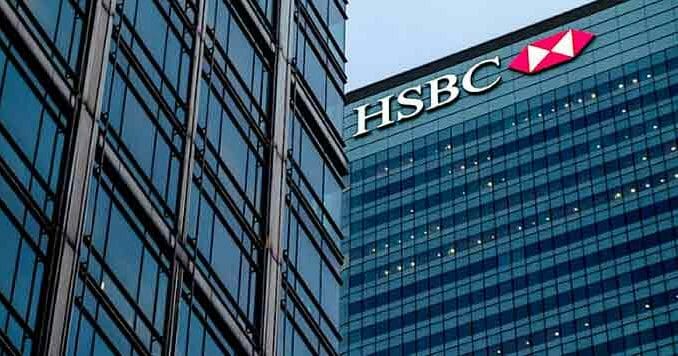China’s price pressures continued to soften with CPI inflation slowing by more than expected and PPI moving into disinflation. This is reflective of the still soft macro environment as a number of headwinds continued to challenge the growth recovery.
CPI inflation fell to 2.1% y-o-y, a larger-than-expected drop, driven by lower fuel prices, still weak consumption activity, and a higher base. COVID-19 uncertainty remains at the forefront of households’ minds with consumer confidence still weak. Sporadic lockdowns or restrictions have also kept services consumption more muted, which has been reflected in the low core inflation figure, rising by only 0.6% y-o-y in October. While the regional bank expects the consumption recovery to continue, the pace may remain muted this year in light of remaining adherence to relatively strict COVID-19 containment measures. However, a gradual relaxation in such policies should pick up next year, helping to spur a stronger consumer recovery.
While most consumer prices saw only tepid sequential growth or even disinflation, there was a notable increase pork prices which increased by 9.4% m-o-m or 51.8% y-o-y. While the pork cycle may continue to face some upward pressure in the coming months (there is a typical three-quarter lag for low reproductive sow supply to push up prices), the government has released frozen pork reserves and guided pork suppliers against predatory pricing to help ease the pressure (NDRC, 20 Oct 2022). Oil prices rose m-o-m in October, following OPEC+ announcement on supply cuts. China’s fuel prices went in the opposite direction and registered mild drop m-o-m. This is because NDRC only adjusted up retail gasoline and diesel prices once in October towards the month-end (NDRC, 24 Oct 2022), and also in a smaller step than the September downward adjustment (NDRC, 21 Sep 2022).
PPI inflation declined by 1.3% y-o-y, generally in line with expectations says HSBC. This it said was the first time that PPI entered in the negative territory since January 2021, and was primarily driven by the high base (13.5% y-o-y in October 2021). On a sequential basis, PPI inflation edged up by 0.1% after four months of consecutive declines. The details suggest that the underlying price momentum is mixed. Oil-related sectors continued to see a sequential price decline on the back of a drop in global energy prices. Domestic price of oil and natural gas extraction was down by 2.2% m-o-m, while the price of petroleum, coal, and other fuel processing was down by 0.6% m-o-m. On the other hand, demand seemed to pick up moderately for coal mining (+3.0% m-o-m) as well as for non-metallic mineral products (+0.6% m-o-m) such as cement, reflecting the winter demand and still strong infrastructure investment activity. It is worth noting that the producer price of consumer goods rose by 0.5% m-o-m, picking up the pace from the prior month by 0.4ppt, suggesting that the price pressure that has been largely concentrated in the upstream industries is gradually feeding through to the downstream. This may help alleviate some pressure for manufacturers that have been bearing elevated input costs but have found it hard to pass these on to consumers.
With ongoing headwinds from COVID-19 and property sector weakness, China is facing more disinflationary risk than inflation. The government is likely to roll out more policy support to help steady the recovery. Recently, the National Association of Financial Market Institutional Investors, the interbank self-regulatory body, expanded its financial support program designed to support bond issuance by POEs, including for property developers. Notably, the PBOC will provide funding via its re-lending scheme with an initial quota of RMB250bn, and indicated that if needed, the quota can be further increased and rolled over.
This has marked an important change from prioritising funding stalled housing projects to funding entities in financial distress. This could bode well for lifting market sentiment around the property market given the funding pressures and default risk faced by developers this year. On the whole, HSBC expects the government will continue to roll out further supportive measures from both the fiscal and monetary sides to help engineer a GDP growth recovery to over 5% in 2023.









